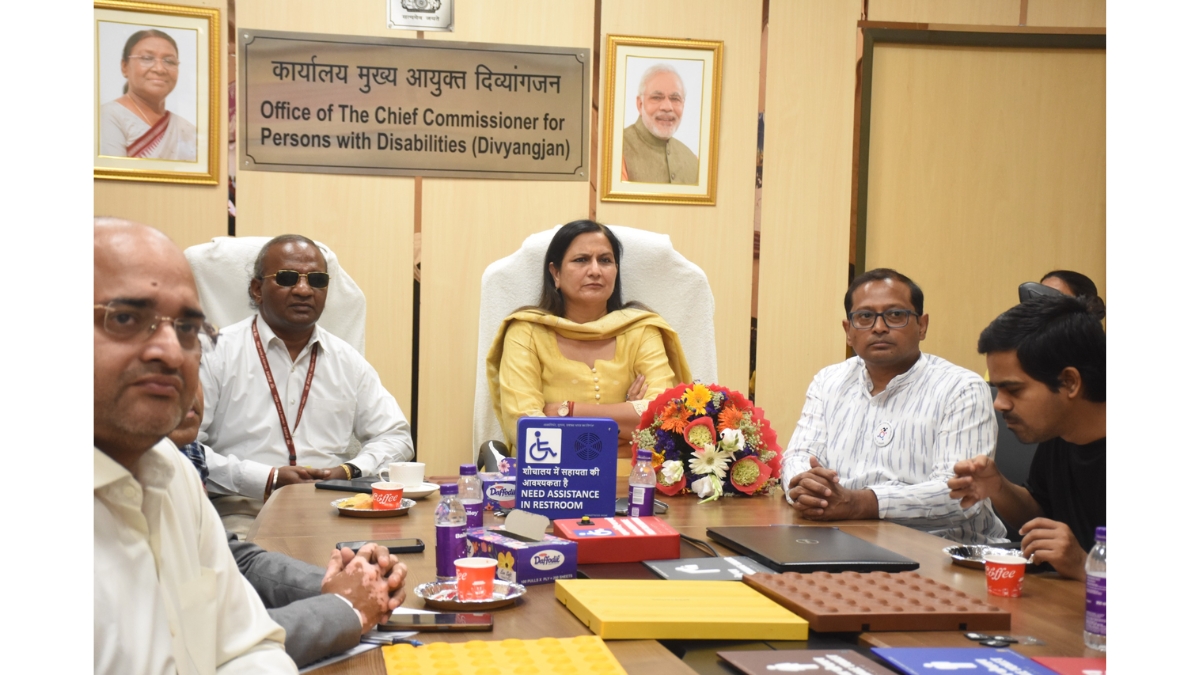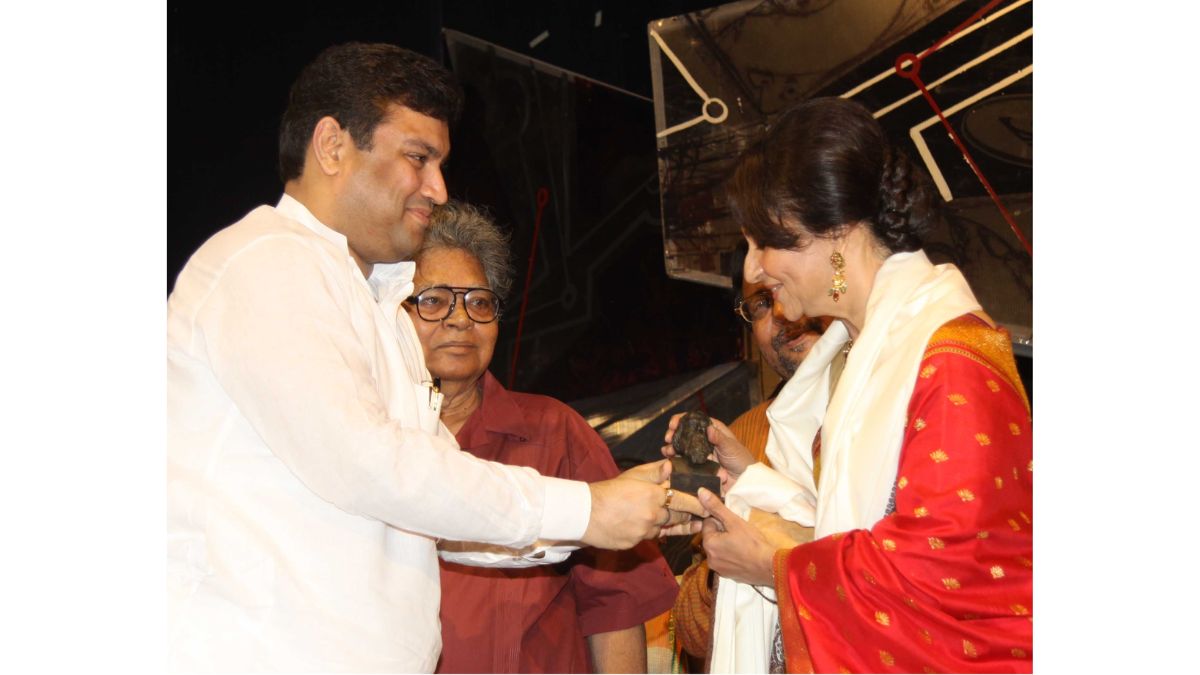World Health Day 2024: 3 Simple Ways to Assess Your Fertility

Planning and policy-making require a thorough understanding of the variables influencing fertility rates and the possible effects of demographic shifts in order to ensure that nations like India can successfully manage these transitions
Dr Nisha Bhatnagar, MBBS. MD (ObGyn), Medical Director, Infinite Fertility shares 3 simple ways to assess your fertility
An important change in worldwide fertility trends is highlighted by The Lancet’s thorough demographic research, which is a component of the worldwide Burden of Disease Study 2021 and focuses specifically on India. This study has produced a detailed picture on how fertility varies over time by utilizing numerous data sources and statistical models. Based on the findings, India’s total fertility rate (TFR) has dropped dramatically from 6.18 children per woman in 1950 to a mere 1.29 by 2050. This indicates worldwide trends, Fertility rates in many nations are predicted to drop below the replacement level of 2.1 children per woman.
Significant concerns over India’s future demographic makeup, including possible effects on the labor force, economic expansion, and social support networks, are raised by the country’s declining fertility rates. Numerous causes, such as higher female education, easier access to contraception, urbanization, and societal movements towards lower family sizes, are blamed for the fall in TFR. Due to these causes, more women and couples are opting to have fewer children, which has changed reproductive behavior.
This shift in the population has broad ramifications. For example, it might cause the population to age and have a larger percentage of senior citizens. The potential impact of this demographic shift on healthcare and pension systems may have changes in public policy in order to assure sustainable development. The population’s shifting age distribution will impact on the demand for various goods and services, which might change economic trends.
Evaluating fertility can be an important step for single people or couples who want to start a family. To obtain a preliminary grasp of one’s reproductive status, there are a few more straightforward techniques that can be utilized at home:
- Self-AssessmentMonitoring the menstrual cycle is essential since it can reveal information about ovulation patterns. The fertile window can be determined by utilizing a calendar or a fertility tracking app. Daily monitoring of basal body temperature can be used to identify ovulation especially if there is a small rise in body temperature. Another way is to use over-the-counter ovulation test strips these can anticipate ovulation and recommend the ideal time to conceive by identifying a spike in luteinizing hormone.
- Finite scoreFinite score is a novel approach to determine your reproductive status. The finite score is a special compilation of data that allows you to determine your reproductive status and make decisions based on it. People can better understand their reproductive health in relation to these wider demographic trends by using the Finite Score, a metric that evaluates fertility health. The Finite Score can enable women and couples to make knowledgeable choices regarding their reproductive health. Finite score converts different fertility evaluation criteria into a biological clock status-based score that helps people decide whether it might be wise to think about fertility-preserving procedures like egg freezing. The score includes various parameters like blood tests, genetic history, past medical & surgical history, It even includes your lifestyle choices, and more.
- Ultrasound & Doctor ConsultationThe Final step is to get an ultrasound by a doctor, it plays a vital role in getting your fertility assessed. An ultrasound provides detailed information for the reproductive organs and helps in getting a full evaluation of the uterus, ovaries, and endometrial lining, all of these play a vital role in understanding fertility status. It even helps in monitoring follicle development. Ultrasound is a very important non-invasive technique which is essential for addressing fertility concerns.Although these techniques can provide insightful data, they cannot provide a conclusive diagnosis of reproductive health. It is recommended to speak with a healthcare provider for a complete evaluation, especially if there are concerns or if conception has not happened after a year of trying. It’s also crucial to have a healthy lifestyle, as factors like nutrition and stress can affect fertility.
To meet the ongoing developments, family planning and reproductive health initiatives must be proactive. Programs for education and awareness can support people and couples in making well-informed decisions around fertility.
Furthermore, policies that promote gender equality, such as providing women with equal access to school and work opportunities, might influence women’s decisions about having children and the results of those decisions.
To sum up, the research published in the Lancet is an important reminder of how dynamic demographic patterns are and how communities must adjust to them. Planning and policy-making require a thorough understanding of the variables influencing fertility rates and the possible effects of demographic shifts in order to ensure that nations like India can successfully manage these transitions.

Atul Tiwari is a seasoned journalist at Mumbai Times, specializing in city news, culture, and human-interest stories. With a knack for uncovering compelling narratives, Atul brings Mumbai’s vibrant spirit to life through his writing.





